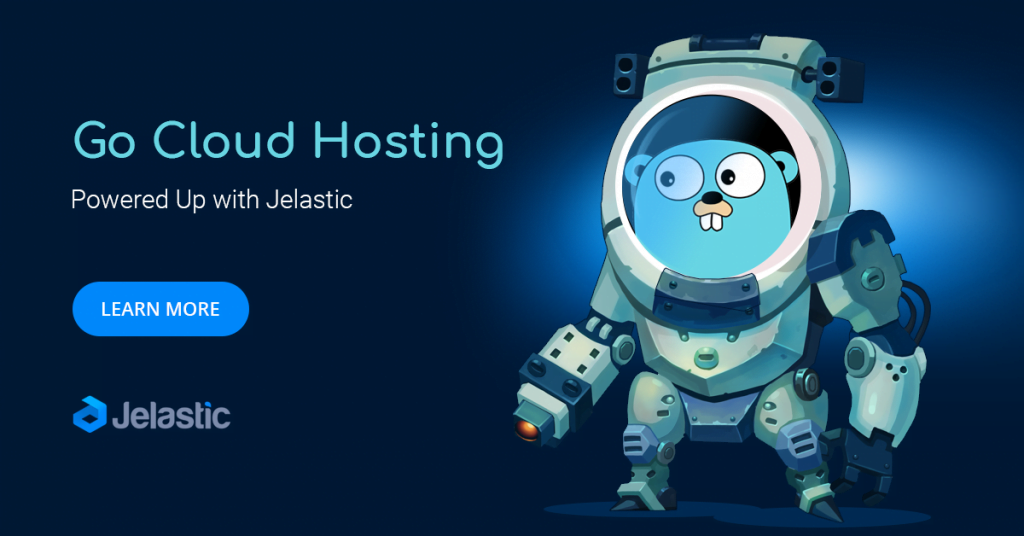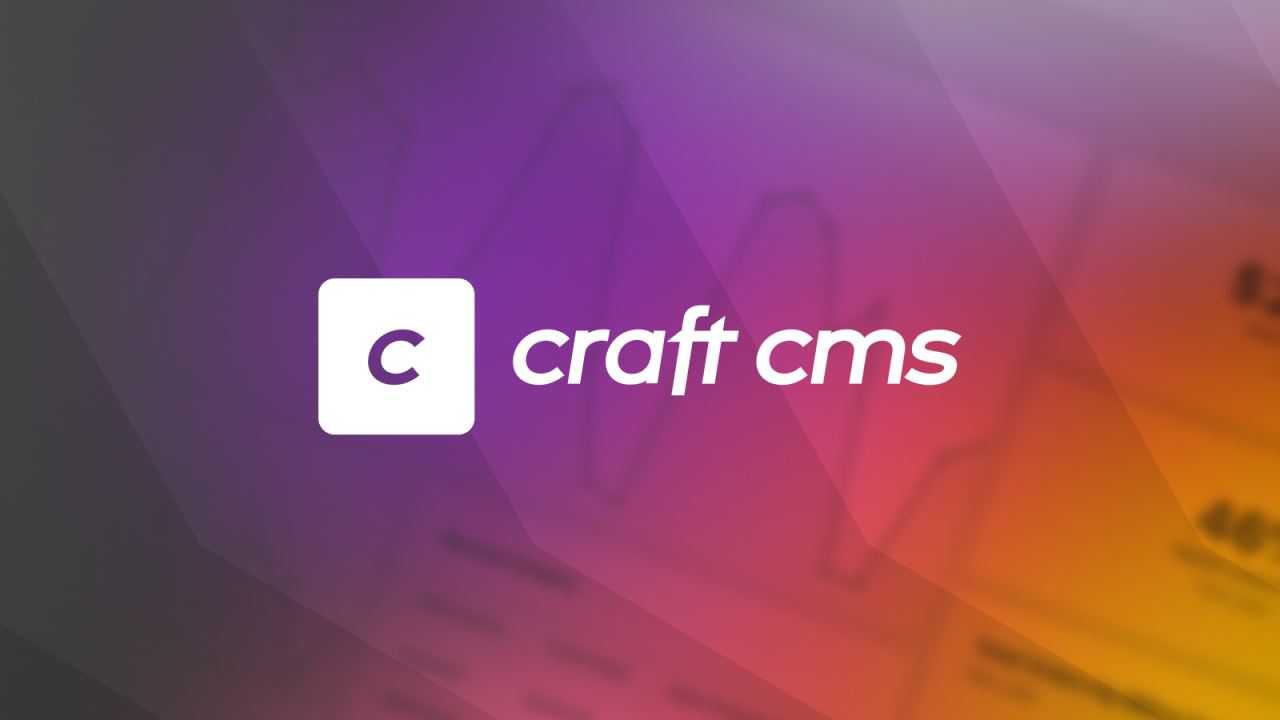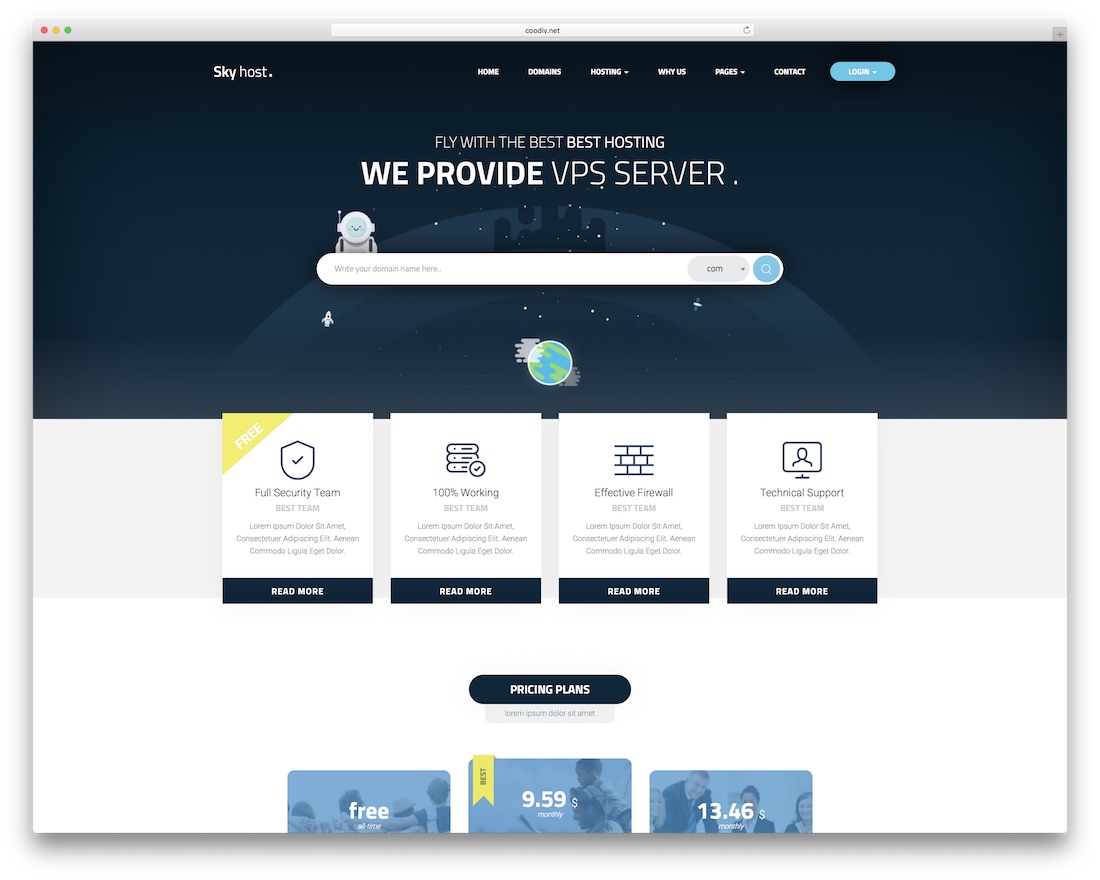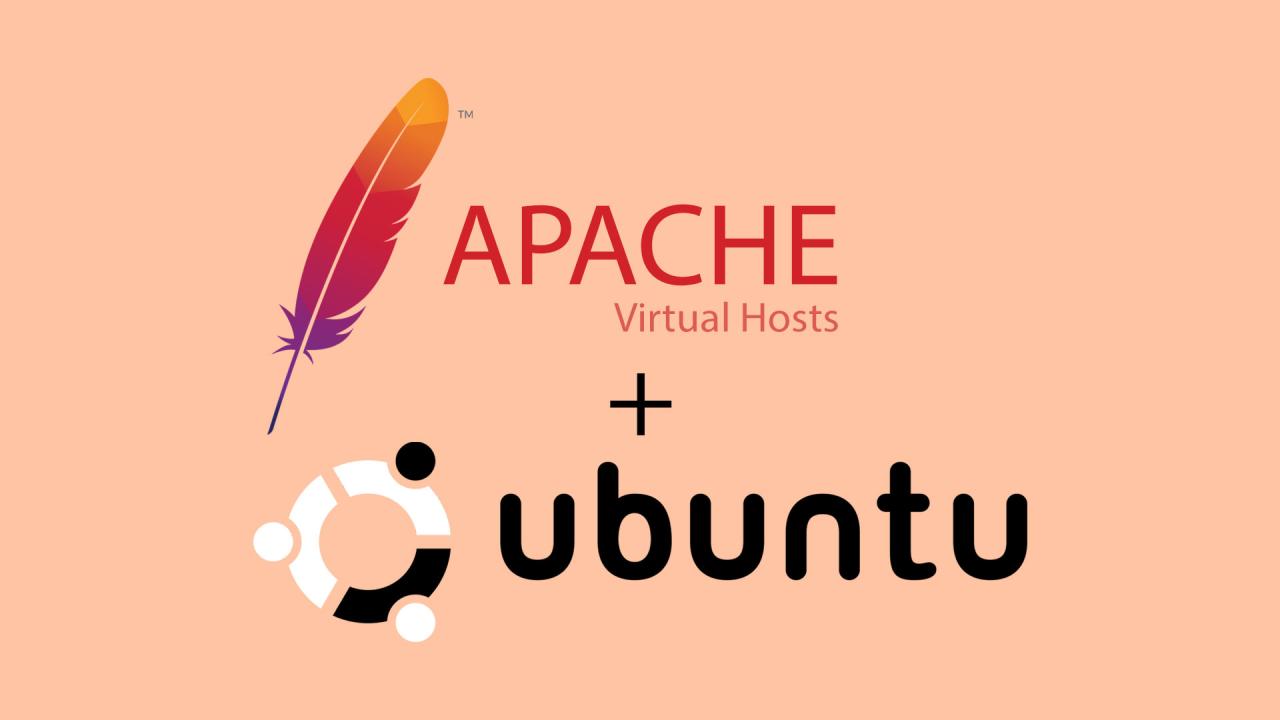Golang hosting is a rapidly growing area in web development, offering a powerful and efficient platform for building scalable and reliable applications. This guide delves into the intricacies of Golang hosting, exploring its advantages, types, essential features, and best practices for maximizing performance and security.
From understanding the fundamentals of Golang hosting to selecting the right provider and optimizing your applications, this comprehensive resource provides insights and actionable steps for developers and businesses looking to leverage the benefits of Golang in their web projects.
Golang Hosting Providers

Choosing the right hosting provider is crucial for your Golang application’s performance, scalability, and reliability.
Golang Hosting Providers
This section provides a comparison of popular Golang hosting providers based on their features, pricing, and pros and cons.
| Provider Name | Features | Pricing | Pros & Cons |
|---|---|---|---|
| DigitalOcean |
– Droplets (virtual machines) with various sizes and configurations – Managed databases (MySQL, PostgreSQL, Redis) – Load balancers – Object storage – Block storage – Monitoring and alerting tools – API access for automation |
– Droplets start at $5/month – Managed databases vary in price based on size and configuration – Load balancers start at $5/month |
Pros: – Affordable pricing – Wide range of features – Excellent documentation and community support – User-friendly interface Cons: – Limited managed services compared to some other providers – Requires some technical knowledge to manage servers |
| AWS |
– Elastic Compute Cloud (EC2) instances with various sizes and configurations – Relational Database Service (RDS) for managed databases (MySQL, PostgreSQL, Aurora) – Elastic Load Balancing – Amazon S3 for object storage – Amazon EBS for block storage – CloudWatch for monitoring and alerting – API access for automation |
– EC2 instances vary in price based on size and configuration – RDS prices vary based on database type and size – Load balancers start at $0.025/hour |
Pros: – Extensive features and services – Scalability and reliability – Strong security and compliance – Global network and availability Cons: – Can be complex to manage – Pricing can be expensive for small projects – Requires some technical expertise |
| Google Cloud Platform |
– Compute Engine instances with various sizes and configurations – Cloud SQL for managed databases (MySQL, PostgreSQL, SQL Server) – Load Balancing – Cloud Storage for object storage – Persistent Disk for block storage – Stackdriver for monitoring and alerting – API access for automation |
– Compute Engine instances vary in price based on size and configuration – Cloud SQL prices vary based on database type and size – Load balancers start at $0.005/hour |
Pros: – Highly scalable and reliable infrastructure – Advanced features and services – Strong security and compliance – Excellent documentation and support Cons: – Can be expensive for small projects – Requires some technical expertise – Learning curve for new users |
| Heroku |
– Dynos (containers) for running your application – Add-ons for databases, caching, logging, etc. – Git integration for easy deployment – Automatic scaling – Built-in monitoring and logging |
– Free plan with limited resources – Paid plans start at $7/month – Add-ons vary in price |
Pros: – Easy to use and deploy applications – Scalable and reliable platform – Strong community and support – Free plan for small projects Cons: – Limited control over server configuration – Can be expensive for large applications – Not suitable for highly customized environments |
Monitoring and Management

Keeping a close eye on your Golang applications is crucial for ensuring smooth operation and identifying potential issues before they impact users. Monitoring provides valuable insights into application performance, resource utilization, and overall health, enabling proactive problem-solving and optimization.
Performance Monitoring
Monitoring tools play a vital role in tracking performance metrics and identifying bottlenecks. These tools collect data on various aspects of your application, such as response times, CPU usage, memory consumption, and network traffic.
- Metrics to Track: Response time, CPU usage, memory consumption, network traffic, error rates, and database query performance.
- Popular Monitoring Tools: Prometheus, Grafana, Datadog, New Relic, and CloudWatch.
Issue Detection and Resolution
By analyzing performance data, you can identify potential issues and take corrective actions. For instance, spikes in response times could indicate a surge in traffic or a code bottleneck. Monitoring tools often provide alerts to notify you of critical issues, allowing for timely intervention.
- Alerts and Notifications: Configure alerts for critical metrics like high error rates, slow response times, and excessive resource consumption.
- Root Cause Analysis: Use monitoring data to pinpoint the root cause of performance problems, such as faulty code, database issues, or infrastructure limitations.
Resource Optimization, Golang hosting
Monitoring helps optimize resource usage by providing insights into resource consumption patterns. Identifying periods of high resource utilization allows you to scale your infrastructure dynamically, ensuring optimal performance while minimizing costs.
- Resource Scaling: Adjust server resources (CPU, memory, storage) based on demand to optimize performance and reduce costs.
- Performance Tuning: Optimize code and database queries to improve application efficiency and reduce resource usage.
Application Updates and Security
Managing application updates and security patches is crucial for maintaining application stability and security.
- Automated Updates: Utilize tools and workflows to automate updates and security patch deployments, ensuring minimal downtime.
- Version Control: Implement version control systems to track code changes, facilitating rollbacks if necessary.
- Security Monitoring: Monitor for vulnerabilities and suspicious activity, and implement security measures to protect your application.
Backups and Disaster Recovery
Regular backups are essential for protecting your data and enabling recovery in case of system failures.
- Backup Strategies: Implement regular backups of your application data and code, storing backups in multiple locations for redundancy.
- Disaster Recovery Plan: Develop a plan for restoring your application and data in case of a disaster or system outage.
Future Trends in Golang Hosting
Golang hosting is constantly evolving, influenced by the rapid advancements in cloud computing and the increasing demand for scalable and efficient applications. Several emerging trends are shaping the future of Golang hosting, offering both opportunities and challenges for developers and hosting providers alike.
Serverless Computing
Serverless computing offers a compelling alternative to traditional server-based hosting, allowing developers to focus on writing code without managing infrastructure. Golang’s lightweight and efficient nature makes it an ideal language for serverless environments.
- Reduced Operational Overhead: Serverless platforms abstract away the complexities of server management, allowing developers to focus on building applications. This significantly reduces operational overhead, enabling faster development cycles and increased productivity.
- Scalability and Elasticity: Serverless functions automatically scale based on demand, ensuring that applications can handle fluctuating workloads without manual intervention. This elasticity provides optimal resource utilization and cost efficiency.
- Pay-per-Use Pricing: Serverless platforms typically charge based on actual resource consumption, eliminating the need for upfront investments in infrastructure. This pay-per-use model provides cost-effective solutions, particularly for applications with unpredictable traffic patterns.
Golang’s compatibility with serverless platforms like AWS Lambda, Google Cloud Functions, and Azure Functions enables developers to leverage the benefits of serverless computing while building robust and scalable applications.
Edge Computing
Edge computing brings computation and data storage closer to users, reducing latency and improving performance. Golang’s lightweight nature and concurrency capabilities make it well-suited for edge deployments.
- Low Latency: Edge computing reduces the distance between users and applications, resulting in significantly lower latency. This is crucial for real-time applications like gaming, video streaming, and IoT devices.
- Improved Performance: By processing data closer to the source, edge computing minimizes network congestion and improves application performance. This leads to a better user experience, especially in areas with limited network bandwidth.
- Enhanced Security: Edge computing can enhance security by processing sensitive data locally, reducing the risk of data breaches during transmission. This is particularly important for applications dealing with confidential information.
Golang’s ability to run efficiently on resource-constrained devices makes it a strong contender for edge computing deployments.
Container Orchestration
Container orchestration platforms like Kubernetes and Docker Swarm streamline the deployment and management of containerized applications. Golang’s containerization capabilities make it a natural fit for these platforms.
- Simplified Deployment: Container orchestration platforms automate the deployment, scaling, and management of containerized applications, simplifying the process for developers. This reduces the risk of errors and allows for faster rollouts.
- Increased Scalability: Container orchestration platforms enable horizontal scaling by distributing containers across multiple nodes. This ensures that applications can handle increased traffic and maintain high availability.
- Improved Resource Utilization: Container orchestration platforms optimize resource utilization by sharing resources efficiently across multiple containers. This reduces infrastructure costs and improves overall efficiency.
Golang’s compatibility with containerization technologies like Docker and its integration with container orchestration platforms make it a powerful choice for building and deploying highly scalable and resilient applications.
Final Conclusion: Golang Hosting

As Golang continues to gain popularity, the landscape of hosting options is evolving to meet the growing demands of developers. Understanding the nuances of Golang hosting is crucial for building robust, scalable, and secure applications. This guide has provided a comprehensive overview, equipping you with the knowledge and resources to navigate the world of Golang hosting with confidence.




